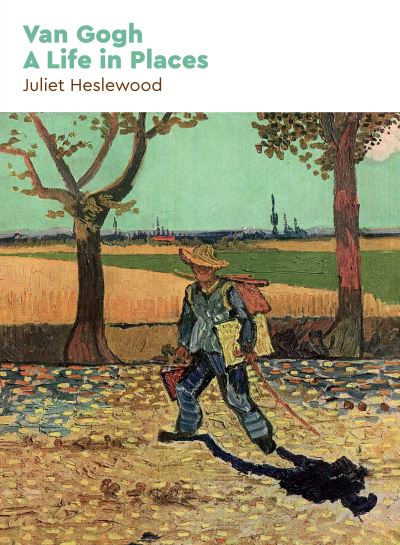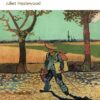Early in his career, as he grappled with the idea of becoming an artist, Vincent van Gogh attempted portraiture, possibly with a mission in the religious sense. His models were impoverished miners, weavers and peasants. Later, his great achievement was in still life, landscape painting and further portraits all closely related to the places where he lived. He moved from place to place, from his parents’ vicarage to the homes of impoverished peasants, from seaside Ramsgate, and landmarks in London to the heights of Montmartre, from the famous Yellow House in Arles to hospital then a nearby asylum. Finally, he wandered the fields and streets of Auvers, near Paris. As well as the places where he stayed, he painted the homes of others, and monuments that attracted him, such as churches or even suburban factories. These became the subject of an alternative kind of portraiture – one that did not involve people.
Author Juliet Heslewood Published by Unicorn ISBN 9781911604648 EAN 9781911604648 Bic Code Cover Hardback



